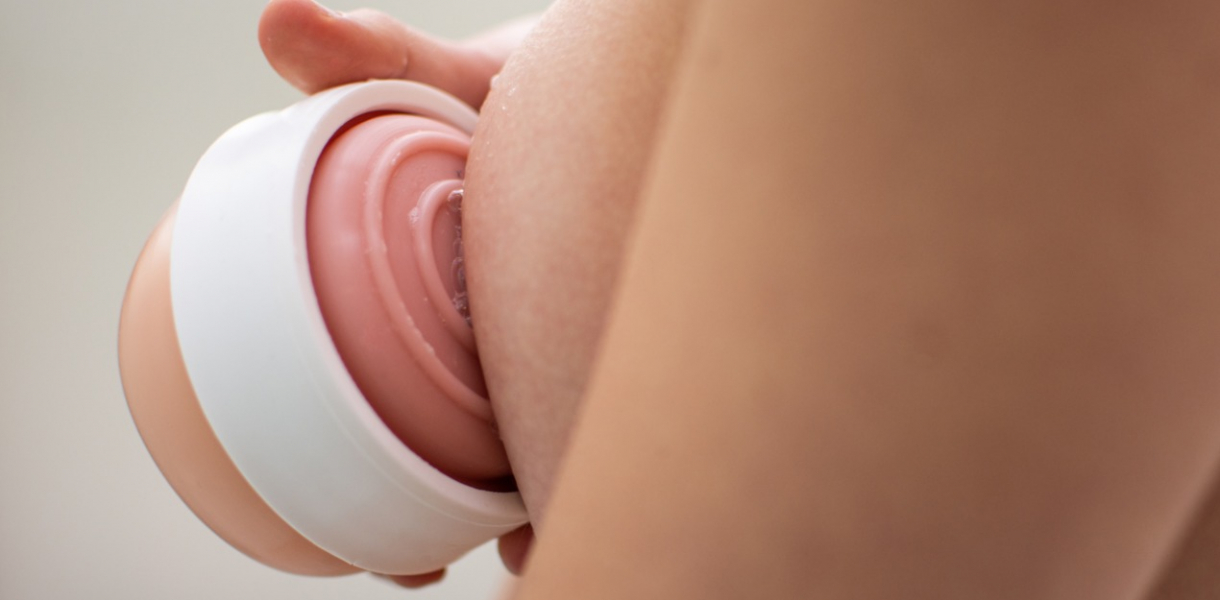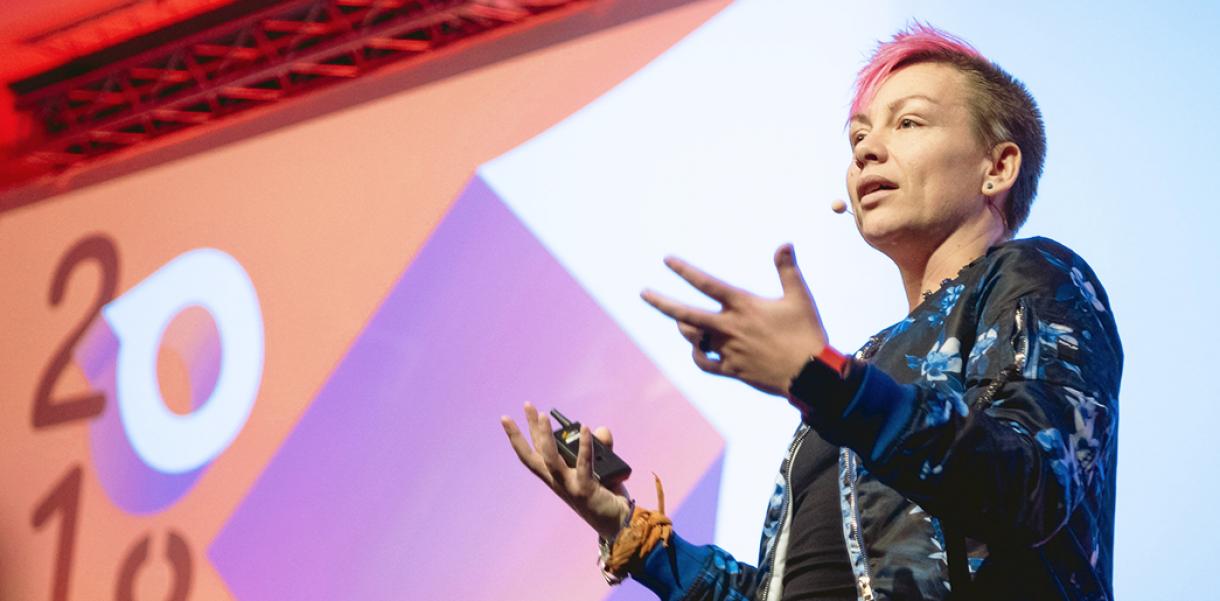Protecting and healing our bodies has always been on designers' minds, and 2020 only solidified the importance of designing for good health and well-being. Covid-19 brought on new challenges but highlighted humanity's great ability to innovate. Furthermore, it inspired the designers of Diseño Responde to rediscover and reinvent. From 100 Body nominees, we present the 11 finalists!
Dauik_19
In hospitals, thermometers need to be constantly calibrated to ensure accuracy in temperature measurements. The Dauik_19 is an infrared calibrator to be used by medical staff, experienced or inexperienced alike. The design consists of an electronically controlled heater, which health workers point digital thermometers to calibrate, making the calibration more time effective. Designed by Universidad Autónoma Metropolitana, México.
In the Chilean public health system, the average waiting list for oral rehabilitation treatment is 11 months long, which only increased during Covid-19. Mio is an interdental device that’s biocompatible and personalised for the user. It provides temporary treatment, making it possible to maintain the interdental area while the patient waits for definitive treatment. Designed by Universidad del Desarrollo, Chile.
EBA
The sedentary lifestyle caused by the pandemic and the inability to leave home have increased weight in some populations. EBA ("Walking Arm Exerciser") is a wearable device for prolonged use, allowing passive physical exercise in daily activities. It tones the muscle and progressively decreases the percentage of body fat without the need to use external implements. Designed by Universidad del Desarrollo, Chile.
The Versatile Lectern enhances the physical, mental and emotional well-being of non-normative bodies by letting them draw and paint in fitting positions in hospital settings. The design highlights the value of artistic practices as a complementary tool for health and can truly improve people's quality of life with reduced mobility and severe symptoms. Designed by Lucía Harari, Argentina
Vayu is a wearable transfer system created for mothers who care for children and adolescents with reduced mobility. It’s specially designed to help move children within the home, mainly from one room to another. It prevents muscle aches and possible injuries for caring mothers in the long run since it allows to redirect forces and distribute the loaded weight. Designed by Universidad del Desarrollo, Chile.
Eu. is a sanitary napkin and tampon in-one that’s part of a brand campaign against Menstrual Poverty. It’s a one-to-one system, meaning when one product is purchased, another is donated. The goal is to provide dignity, a sense of belonging and a better quality of life for people who menstruate in Latin America. Designed by Universidade Federal do Paraná, Brasil
The Palpa tool teaches women to detect breast anomalies over time, consisting of a silicone breast, a dummy tumour, and a massager. The breast is filled with liquid soap, and the tumour can be felt to the touch. As it’s pressed, soap is released and used to massage the breast, which allows to soften and facilitate the touch to self-examine. Designed by Pontificia Universidad Católica de Chile, Chile.
Kitsmile is the first home rehabilitation kit for children with cerebral palsy. It allows kids to be in three positions for either eating, exercise and rest while receiving permanent stimulation. It adapts to children from 50 cm to 1.5 m, has a fun design to make it resemble a toy, and is even foldable and portable like a suitcase. Designed by Leidy Cuestas, Colombia.
This washing machine was created for Chilean mothers doing daily washes indoors. The Secabox is a mini electric dryer that accelerates the drying process and prevents water vapour from dispersing. Preventing the development of life-threatening mould within small living spaces, the Secabox solution is an accessible, affordable and needed product for the most vulnerable. Designed by Universidad del Desarrollo, Chile.
Spike System helps children who’ve suffered from burn injuries to avoid an infection that deepens the wound, affects tissue regeneration and endangers the child's life. In 2020, treating Covid-19 patients has been top priority, leaving other patients on hold for longer. The biosensor enables early detection of infections in lesions by pediatric burns, giving health workers time to act. Designed by Universidad del Desarrollo, Chile.
Doing online classes has brought on a lot of pain in wrists and forearms for young students. The Carpo wristband is meant to prevent carpal tunnel syndrome by allowing adequate support for the arms and wrists when using a keyboard. The resistant and flexible material of Carpo doesn’t immobilise but easily conditions and corrects the wrist's position. Designed by Universidad del Desarrollo, Chile.



